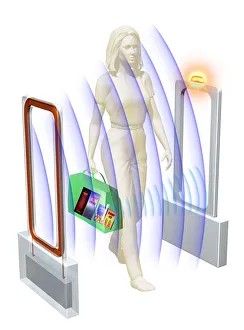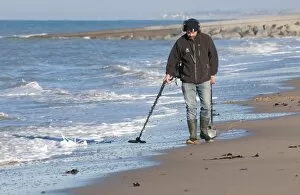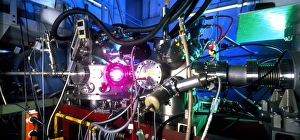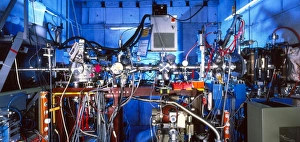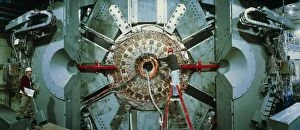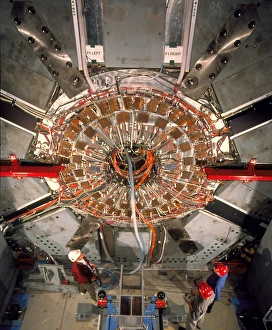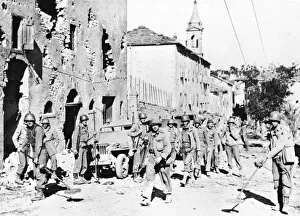Detectors Collection
"Unveiling the Truth: A Journey through Detectors" In 1923, the invention of the lie detector revolutionized our understanding of human deception
All Professionally Made to Order for Quick Shipping
"Unveiling the Truth: A Journey through Detectors" In 1923, the invention of the lie detector revolutionized our understanding of human deception. As a woman walks through a security gate, her bag's contents are made visible by detectors, ensuring safety and peace of mind. Sept 1939 witnessed civilians crowding around a gas-detector table, highlighting the importance of early warning systems during times of crisis. Along the River Senio in Italy, white tape marks clear tracks through a minefield - an ingenious use to safeguard lives. Sappers from the Royal Engineers' 237 Field Company bravely clear minefields after conflict subsides, relying on their trusty detectors for protection. During World War II, Indian soldiers diligently search for mines with metal detectors - their unwavering dedication saving countless lives (b/w photo). The year is 1941; Indian soldiers continue to comb dirt roads for hidden dangers using metal detectors as they strive to ensure safe passage (b/w photo). Surprising yet effective: mice serve as fume detectors on submarines during World War I - showcasing innovative solutions amidst adversity. The Ames Autonomous Module Scanner (AMS) comprises intricate instruments that provide precise thermal-infrared imaging - pushing detection technology boundaries forward. From Granville in Normandy to Llanfair Talhaiarn in North Wales, individuals scour beaches and fields with metal detectors uncovering hidden treasures and forgotten history. Even dairy farming benefits from detection technology as Holstein cows wear heat detectors on their backs while resting in wooden cubicle houses. In every corner of life – be it security or exploration – we owe much gratitude to these remarkable "detectors" that have shaped our past and continue to shape our future.


